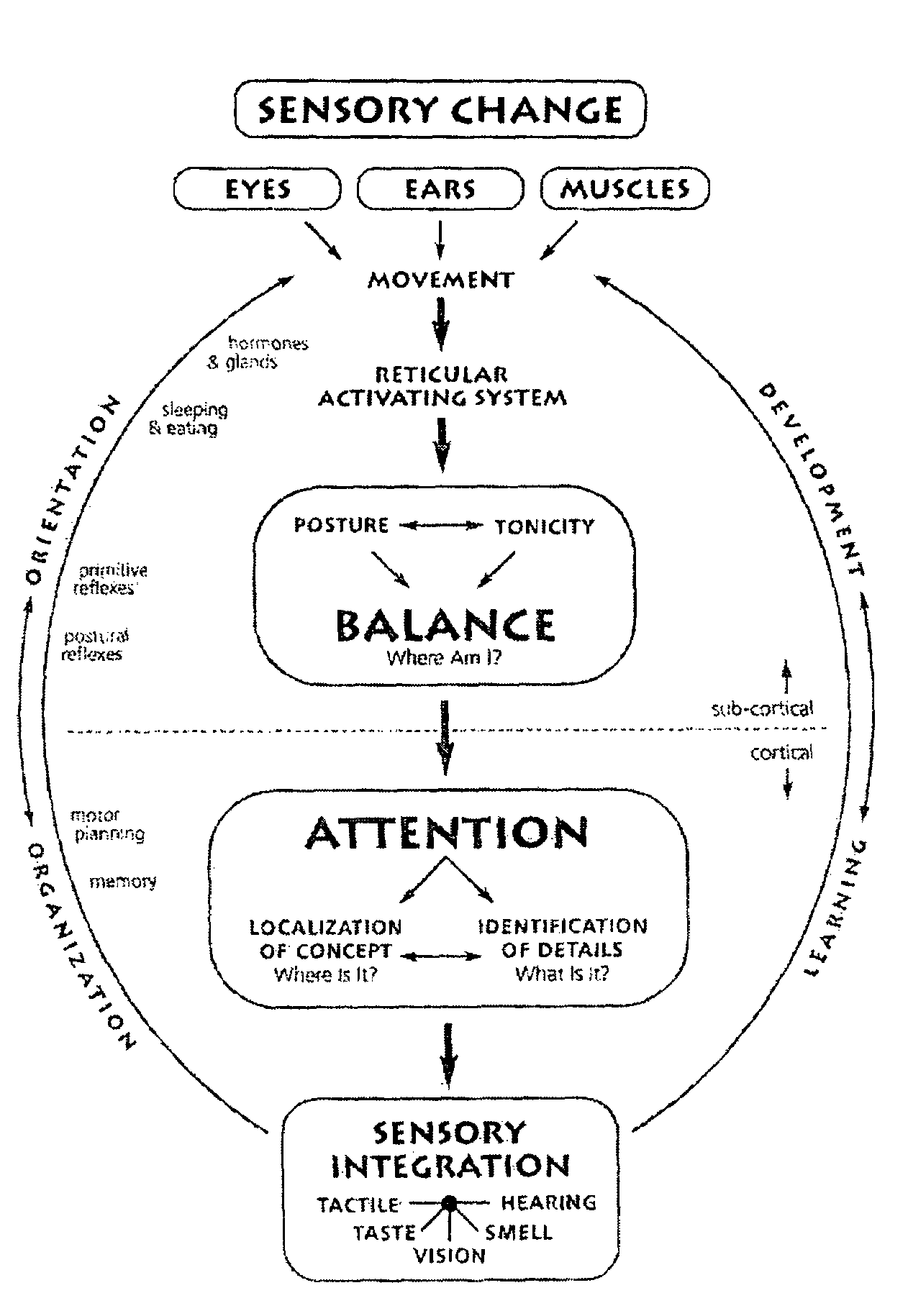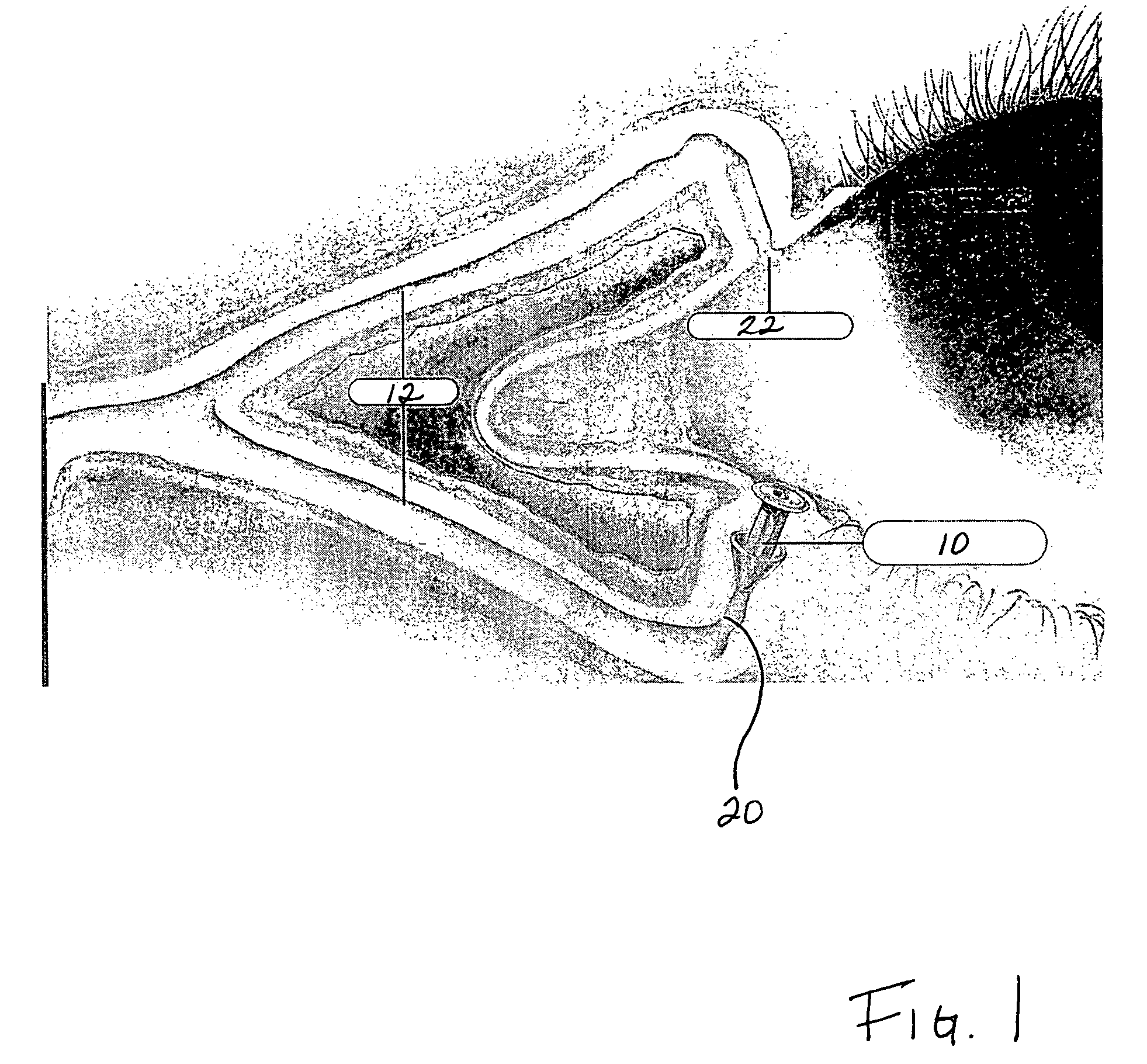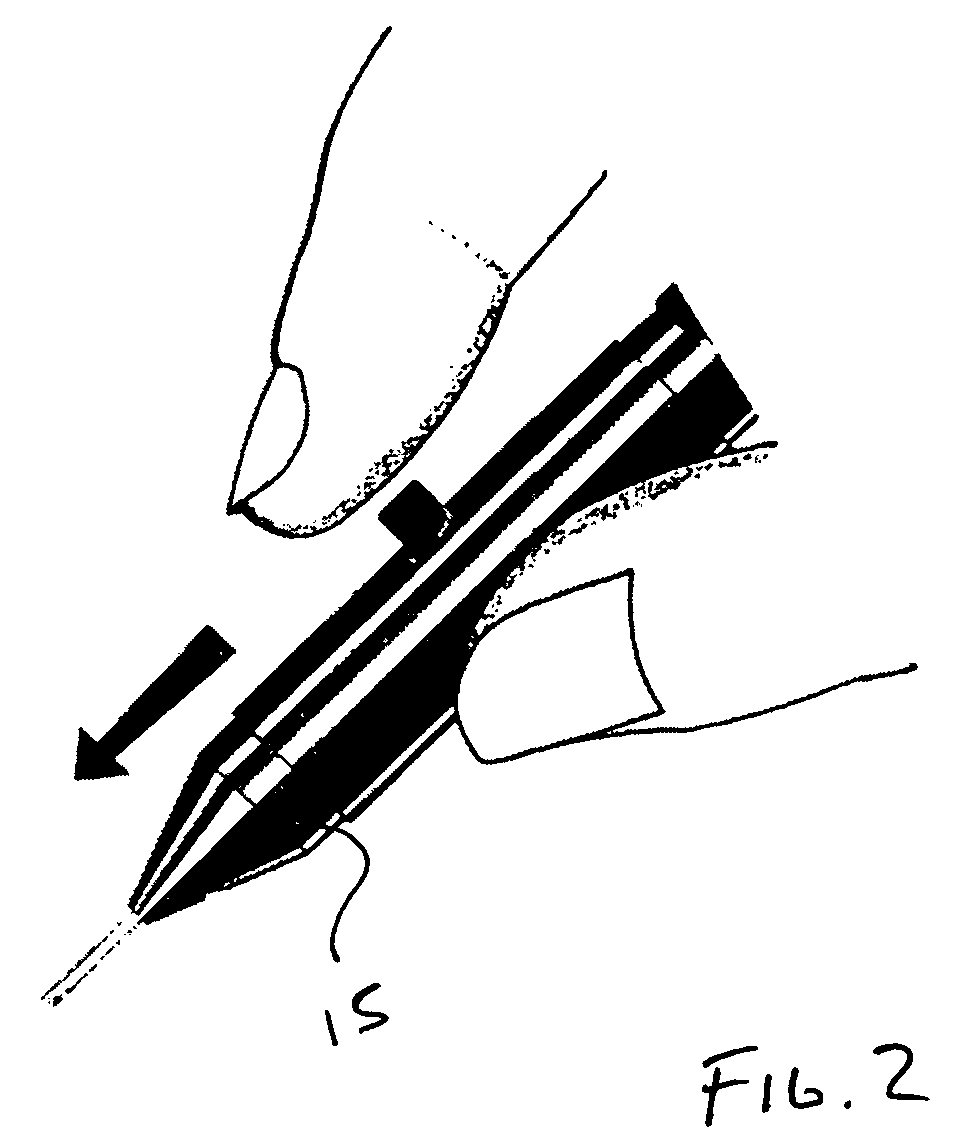Method for diagnosis and treatment of processing difficulties, integration problems, imbalances and abnormal postures
a technology for processing difficulties and imbalances, applied in the field of diagnosis and treatment of processing difficulties, integration problems, imbalances and abnormal postures, can solve the problems of limited method of diagnosis and treatment, limitations to the standard eye examination, and inability to address the linkages of all seven sensory systems, so as to improve the balance between magnocellular and parvocellular pathways, improve the effect of treatment benefits, and modify the head position and postur
- Summary
- Abstract
- Description
- Claims
- Application Information
AI Technical Summary
Benefits of technology
Problems solved by technology
Method used
Image
Examples
Embodiment Construction
[0044]While the present inventions are susceptible to embodiments in various forms, there is shown in the drawings and will hereinafter be described some exemplary and non-limiting embodiments, with the understanding that the present disclosure is to be considered an exemplification for the invention and is not intended to limit the invention to the specific embodiments illustrated. In this disclosure, the use of the disjunctive is intended to include the conjunctive. The use of the definite article or indefinite article is not intended to indicate cardinality. In particular, a reference to “the” object or “a” object is intended to denote also one of a possible plurality of such objects.
[0045]One embodiment relates to methods for diagnosis and treatment of processing difficulties, integration problems and imbalances through the Z-Bell Test, modification of eye moisture and light-eye interaction using various treatments and interventions including off-label usages of punctal or lacri...
PUM
 Login to View More
Login to View More Abstract
Description
Claims
Application Information
 Login to View More
Login to View More - R&D
- Intellectual Property
- Life Sciences
- Materials
- Tech Scout
- Unparalleled Data Quality
- Higher Quality Content
- 60% Fewer Hallucinations
Browse by: Latest US Patents, China's latest patents, Technical Efficacy Thesaurus, Application Domain, Technology Topic, Popular Technical Reports.
© 2025 PatSnap. All rights reserved.Legal|Privacy policy|Modern Slavery Act Transparency Statement|Sitemap|About US| Contact US: help@patsnap.com



